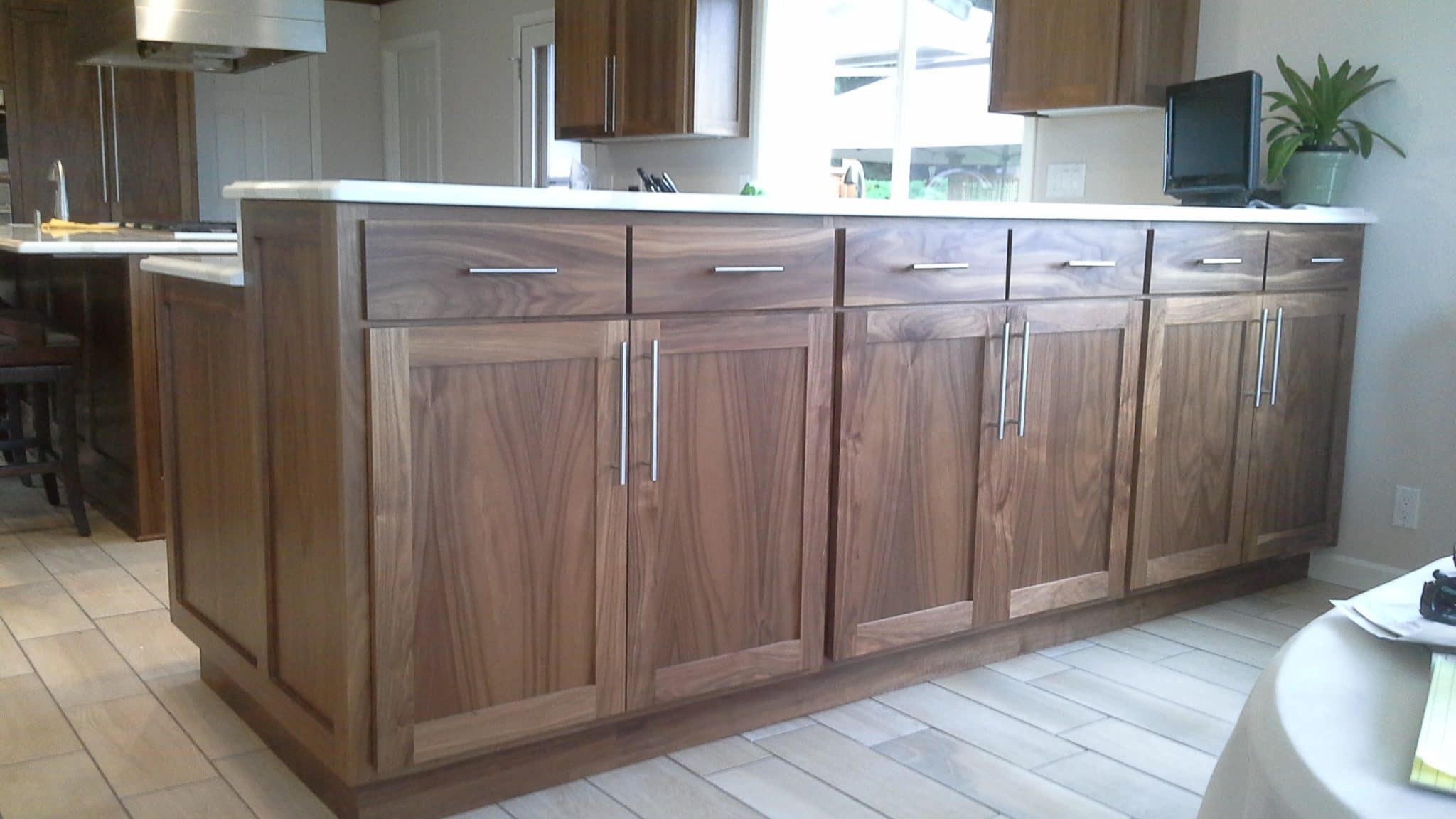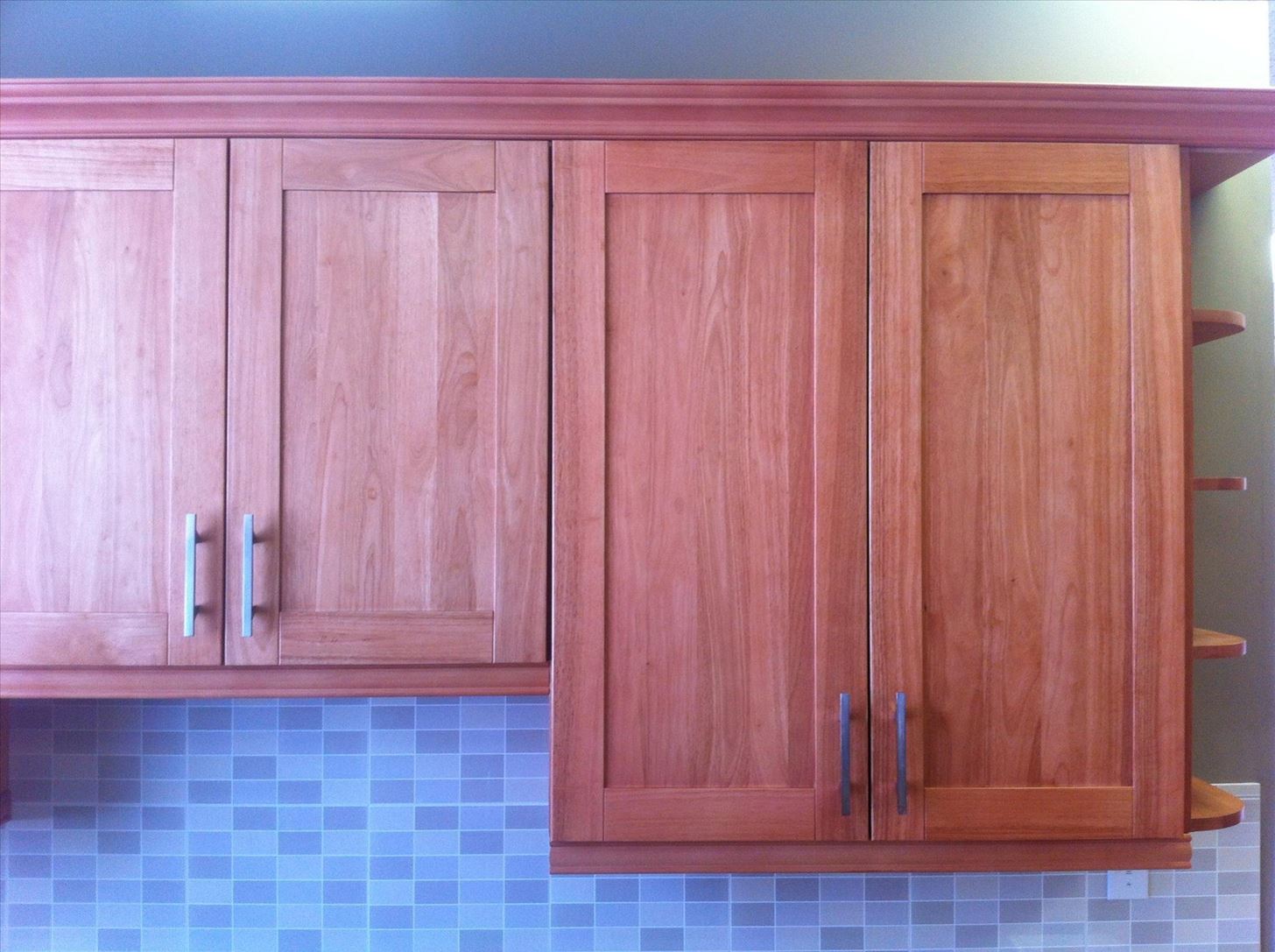Understanding Full Overlay Cabinet Doors

Full overlay cabinet doors, a staple in modern kitchen and bathroom design, offer a sleek, contemporary aesthetic. Their clean lines and seamless appearance contribute to a minimalist feel, making them a popular choice for homeowners seeking a sophisticated look. This style contrasts sharply with other options, such as partial overlay or inset doors, each with its own set of advantages and disadvantages.
Full Overlay Cabinet Door Construction and Mechanics
Full overlay doors, as their name suggests, completely cover the cabinet face frame when closed. The doors are typically mounted on hinges that allow for a full 180-degree opening, revealing the entire cabinet interior. The precise alignment and smooth operation of these hinges are crucial for achieving the desired seamless appearance. Proper installation is paramount to prevent gaps or misalignments, which can detract from the overall aesthetic. The doors themselves are constructed with a variety of materials and often incorporate a core for strength and stability, sandwiched between the exterior surfaces.
Advantages and Disadvantages of Full Overlay Cabinet Doors
Full overlay doors offer several key advantages. Their clean lines and contemporary style enhance the overall look of a kitchen or bathroom. Furthermore, they tend to be easier to clean, as there are no exposed face frames to accumulate dust or debris. However, full overlay doors can require more precise measurements and installation than other styles. A slight miscalculation can lead to noticeable gaps between the doors and the cabinet frame. Additionally, the wider doors needed to achieve full coverage can sometimes be more expensive than partial overlay options.
Materials Used in Full Overlay Cabinet Door Manufacturing
A range of materials are used in the manufacturing of full overlay cabinet doors, each offering a unique combination of durability, cost, and aesthetic appeal. The choice of material often depends on the overall design scheme and budget.
| Material | Durability | Cost | Aesthetics |
|---|---|---|---|
| Solid Wood | High; resistant to damage, long-lasting | High; premium material | Classic, versatile; can be stained or painted |
| Laminate | Moderate; susceptible to scratches and chipping | Low to moderate; cost-effective option | Wide variety of colors and finishes available |
| Thermofoil | Moderate; relatively resistant to moisture and heat | Moderate; balance of cost and durability | Smooth, consistent finish; available in various colors |
| MDF (Medium-Density Fiberboard) | Moderate; susceptible to moisture damage | Low to moderate; affordable option | Smooth surface; often painted or finished |
Examples of Full Overlay Cabinet Door Styles
Full overlay design can be incorporated into a variety of cabinet door styles. For example, slab doors—characterized by their flat, frameless design—are a popular choice for modern kitchens. Raised panel doors, with their recessed center panels, can also be implemented with a full overlay design, providing a more traditional yet still sleek aesthetic. Shaker style doors, known for their simple, clean lines and recessed center panel, are another popular choice often used with full overlay design. The versatility of the full overlay style allows for a wide range of design choices, catering to various tastes and preferences.
Addressing the Gap Issue in Full Overlay Cabinets: Gap Between Full Overlay Cabinet Doors

Full overlay cabinet doors, while aesthetically pleasing, present a unique challenge: maintaining consistent and tight gaps between doors and the cabinet frame. Even minor discrepancies can detract significantly from the overall look and feel of a kitchen or bathroom remodel. Understanding the causes of these gaps and implementing effective correction methods is crucial for achieving a professional finish.
Causes of Gaps in Full Overlay Cabinet Doors
Uneven gaps between full overlay cabinet doors stem from a variety of factors, often interconnected. Inaccurate installation is a primary culprit, leading to misaligned doors and frames. However, variations in cabinet construction, hinge adjustment, and even environmental factors like humidity can also contribute to the problem. Poorly manufactured doors or frames, with inconsistencies in dimensions, represent another significant source of gap issues.
Methods for Adjusting and Correcting Gaps
Several techniques exist for rectifying gaps in full overlay cabinet doors. These range from simple hinge adjustments to more involved modifications of the door or cabinet frame itself. The optimal method depends on the specific cause and severity of the gap. Minor discrepancies can often be resolved with precise hinge adjustments, while more significant issues might necessitate shimming or even door replacement in extreme cases. Careful assessment of the problem is paramount before selecting a corrective measure.
Adjusting Hinges and Door Alignment
Precise hinge adjustment is often the most effective first step in minimizing gaps. This involves carefully manipulating the hinge screws to fine-tune the door’s position.
- Step 1: Identify the problematic hinge(s). Determine which hinge(s) are causing the gap. This usually involves observing the door’s alignment relative to the adjacent door and cabinet frame.
- Step 2: Loosen the hinge screws. Carefully loosen the screws securing the hinge to both the door and the cabinet frame. Do not remove the screws completely.
- Step 3: Adjust the door position. Gently manipulate the door, making small adjustments to correct the gap. This might involve moving the door slightly in, out, up, or down.
- Step 4: Tighten the hinge screws. Once the desired alignment is achieved, firmly tighten the hinge screws to secure the door in its new position.
- Step 5: Check for consistency. After adjusting, check the gap across the entire door and compare it to the adjacent doors to ensure consistency.
Role of Proper Cabinet Installation in Preventing Gap Issues
Proper cabinet installation is fundamental in preventing gap issues. Precise leveling and alignment of the cabinets during installation are crucial. Using shims to ensure a level and plumb surface is vital, as even slight inconsistencies can lead to misaligned doors. Additionally, following the manufacturer’s instructions for hinge installation and door alignment is essential for achieving a consistent and professional finish. Failing to follow these steps increases the likelihood of subsequent gap issues.
Troubleshooting Common Gap Problems
A visual troubleshooting guide can prove invaluable in addressing common gap issues. For instance, a gap consistently appearing at the top of the door often indicates the hinge is not properly adjusted, requiring upward movement. Conversely, a gap at the bottom suggests a downward adjustment. A gap along one side of the door points to an adjustment needed to move the door either in or out. Illustrations depicting these scenarios, along with the corresponding corrective actions, would provide a clear and readily understandable solution. For example, an illustration could show a cabinet door with a gap at the top, with arrows indicating the direction to adjust the hinge to close the gap. Another illustration could show a door with a gap on the right, with arrows showing how to adjust the hinges to pull the door to the left, closing the gap.
Preventing Gaps During Installation and Maintenance

Achieving a seamless, professional look with full overlay cabinet doors hinges on meticulous installation and ongoing maintenance. Even minor gaps can detract from the overall aesthetic appeal and potentially compromise the structural integrity of your cabinetry. By employing precise measuring techniques, following a careful installation process, and implementing preventative maintenance, you can ensure your cabinets maintain their pristine appearance for years to come.
Accurate Measurement and Ordering, Gap between full overlay cabinet doors
Precise measurements are paramount to prevent gaps. Inaccurate measurements lead directly to ill-fitting doors and unsightly gaps. Begin by measuring the cabinet opening’s width and height at multiple points, accounting for any irregularities. Record the largest measurement for each dimension to ensure a snug fit. When ordering, communicate these maximum measurements to the supplier, specifying that you require full overlay doors. Consider adding a small tolerance (e.g., 1/16 inch) to your measurements to accommodate for potential inconsistencies in cabinet construction. Remember to specify the door’s style, material, and finish.
Step-by-Step Installation of Full Overlay Cabinet Doors
1. Prepare the Cabinets: Clean the cabinet frames thoroughly to ensure a clean surface for adhesion. Any debris or imperfections can interfere with proper alignment.
2. Install the Hinges: Attach hinges to the cabinet doors according to the manufacturer’s instructions. Ensure the hinges are precisely aligned and securely fastened. Slight misalignments here will magnify into noticeable gaps later.
3. Mount the Hinges to the Cabinet: Attach the corresponding hinge plates to the cabinet frames, ensuring perfect alignment with the hinges on the doors. Use a level to verify vertical and horizontal alignment.
4. Install the Doors: Carefully hang each door on its hinges. Pay close attention to the alignment as you attach the door. Small adjustments can be made at this stage to minimize gaps.
5. Adjust for Gaps: Use the hinge adjustment screws to fine-tune the door’s position, eliminating any gaps. Small adjustments can make a big difference. Work methodically, adjusting one door at a time.
6. Final Check: Inspect all doors for gaps, ensuring a consistent and uniform appearance. Make any necessary final adjustments before moving on.
Tools and Materials
A successful installation requires the right tools. These include: measuring tape (accurate to 1/16 inch), level, pencil, screwdriver (Phillips and flathead), hinge jig (optional, but recommended for consistent hinge placement), and shims (for minor gap adjustments). Materials may include hinges (appropriate for full overlay doors), screws, and possibly wood filler or caulk for any minor imperfections in the cabinet frames.
Preventative Maintenance
Regular maintenance is key to preserving the integrity of your cabinet doors and preventing gaps from forming over time.
Regularly inspect your cabinet doors for any signs of loosening or misalignment. Tighten any loose screws as needed.
Avoid slamming doors, as this can put stress on the hinges and cause them to loosen over time. Encourage gentle closing.
Periodically lubricate the hinges with a light oil or lubricant to reduce friction and prevent wear. This will help ensure smooth operation and prevent gaps.
If you notice any swelling or warping of the cabinet doors due to humidity, adjust the screws to compensate, or consider professional help.
